Home>Furniture & Design>Outdoor Furniture>Outdoor Spigot Leaks When Turned On
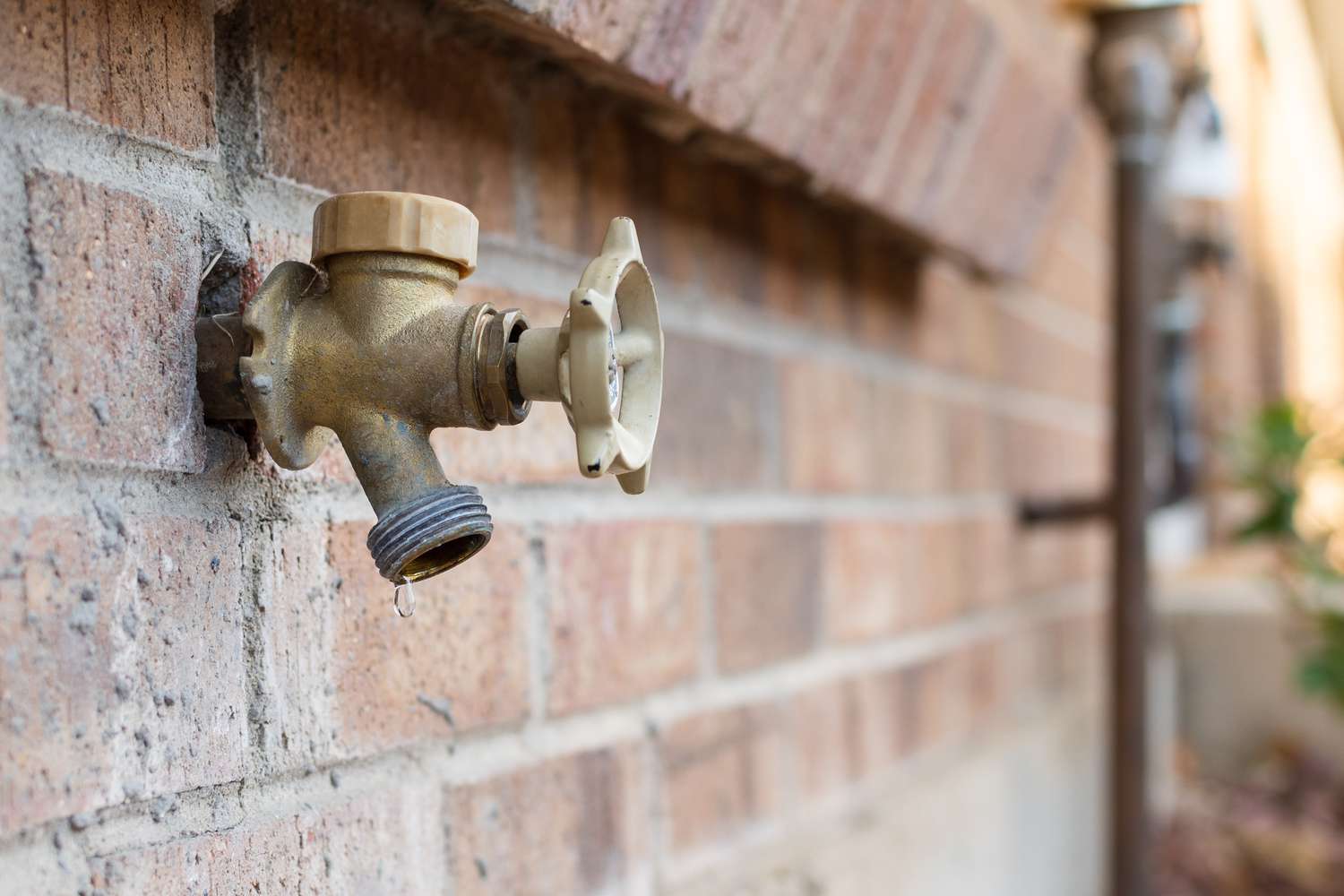

Outdoor Furniture
Outdoor Spigot Leaks When Turned On
Modified: February 18, 2024
Prevent outdoor spigot leaks with our durable and stylish outdoor furniture. Find the perfect design for your outdoor space. Shop now!
(Many of the links in this article redirect to a specific reviewed product. Your purchase of these products through affiliate links helps to generate commission for Storables.com, at no extra cost. Learn more)
**
Introduction
**
When you step into your garden on a bright, sunny day, the last thing you want to encounter is a leaking outdoor spigot. The serene atmosphere is disrupted as you notice water seeping from the connection point, creating a small puddle at the base. This unwelcome sight not only dampens the ground but also has the potential to dampen your spirits. However, fear not, as understanding the causes of outdoor spigot leaks and learning how to address them can restore tranquility to your outdoor oasis.
A leaking spigot is a common issue that many homeowners encounter. Whether it's a slow drip or a steady stream, the presence of water where it shouldn't be can be a cause for concern. Not only does it waste water, but it can also lead to more severe problems if left unattended. Fortunately, with a bit of knowledge and the right approach, you can tackle this issue effectively, ensuring that your outdoor spigot functions as intended.
In this guide, we will delve into the common causes of outdoor spigot leaks, providing insights into why this issue occurs. Additionally, we will explore practical steps to fix a leaking spigot, empowering you to take action and remedy the situation. Furthermore, we will discuss preventive measures to shield your outdoor spigot from future leaks, allowing you to enjoy a well-maintained and efficient watering system. Let's embark on this journey to uncover the secrets of outdoor spigot leaks and equip ourselves with the knowledge to address them effectively.
**
Key Takeaways:
- Don’t let a leaking outdoor spigot ruin your sunny day! Learn to identify and fix common causes like worn-out washers and loose connections to keep your garden oasis tranquil and water-efficient.
- Prevent outdoor spigot leaks by regular maintenance, seasonal preparation, and using quality components. Stay proactive and enjoy a reliable and efficient outdoor watering solution for your garden or yard.
Read more: Outdoor Spigot Leaks When Hose Attached
Identifying the Issue
**
Before delving into the solutions, it’s crucial to identify the issue at hand. When you notice a leaking outdoor spigot, it’s essential to assess the extent of the leak and its location. Is the leak originating from the spigot’s handle, the connection to the hose, or the point where the spigot meets the exterior wall? By pinpointing the source of the leak, you can gain valuable insights into the potential causes and necessary remedies.
One common indication of a leaking spigot is the presence of water around the base of the fixture. This may manifest as a small puddle or dampness on the ground, signaling that water is escaping from the spigot’s connection points. Additionally, you might observe dripping water from the spigot’s nozzle even when it’s turned off, further confirming the presence of a leak.
Another aspect to consider is the type of leak. Is it a slow, persistent drip or a more pronounced and constant flow of water? Understanding the nature of the leak can provide valuable clues about the underlying issue. Furthermore, inspect the spigot’s handle for any signs of moisture or dripping, as this could indicate a problem with the internal components.
It’s also important to check for any visible damage or corrosion on the spigot, particularly around the connection points and the handle. Any cracks, rust, or loose fittings can contribute to leaks and should be addressed promptly.
By carefully observing and assessing these factors, you can gain a clearer understanding of the spigot’s condition and the specific areas that require attention. This initial identification phase sets the stage for implementing targeted solutions, ensuring that the leak is effectively addressed at its root cause.
**
Common Causes of Outdoor Spigot Leaks
**
Understanding the common causes of outdoor spigot leaks is essential for effectively addressing this issue. By unraveling the underlying factors that contribute to leaks, you can implement targeted solutions to rectify the problem and prevent its recurrence. Let’s explore the primary culprits behind outdoor spigot leaks:
-
Worn Out Washer: The washer inside the spigot’s handle can degrade over time, leading to leaks around the handle area. This component is subjected to frequent use, and its deterioration can result in water seepage. Replacing the worn-out washer is a fundamental step in resolving this type of leak.
-
Loose Connections: The connection points between the outdoor spigot and the hose or the wall can become loose, allowing water to escape. This often occurs due to regular use, environmental factors, or inadequate initial installation. Tightening the connections or resealing them can effectively address leaks stemming from this issue.
-
Corrosion and Rust: Outdoor spigots are exposed to the elements, making them susceptible to corrosion and rust. Over time, this deterioration can compromise the integrity of the spigot, leading to leaks. Inspecting the spigot for signs of corrosion and addressing any affected areas is crucial for preventing leaks caused by this factor.
-
Freezing Temperatures: In regions experiencing cold winters, water left inside the spigot can freeze, causing the spigot to crack and subsequently leak when in use. Properly winterizing the outdoor spigot by draining excess water and installing frost-free models can mitigate the risk of leaks due to freezing temperatures.
-
High Water Pressure: Excessive water pressure can strain the spigot’s components, leading to leaks over time. This can be exacerbated by the use of high-pressure nozzles or attachments. Installing a pressure regulator or using a hose with built-in pressure control can help alleviate this issue and prevent leaks.
By familiarizing yourself with these common causes of outdoor spigot leaks, you can approach the repair process with a targeted strategy. Identifying the specific factors contributing to the leak empowers you to implement the most effective solutions, restoring your outdoor spigot to its optimal functionality.
**
Check the spigot washer for wear and tear. If it’s damaged, replace it with a new one to stop the leak.
How to Fix an Outdoor Spigot Leak
**
Addressing a leaking outdoor spigot requires a systematic approach to tackle the underlying causes and restore the fixture’s integrity. By following these steps, you can effectively remedy the leak and ensure that your outdoor spigot functions as intended:
-
Inspect the Washer: Begin by turning off the water supply to the spigot. Remove the handle of the spigot to access the internal components. Inspect the washer for signs of wear or damage. If the washer is worn out, replace it with a new one of the appropriate size and material, ensuring a snug fit to prevent leaks.
-
Tighten Connections: Check the connections between the spigot, the hose, and the wall. If any of these connections are loose, use a wrench to tighten them securely. Additionally, consider applying thread seal tape to the threaded areas for an extra layer of protection against leaks.
-
Address Corrosion: If you notice any corrosion or rust on the spigot, use a wire brush or sandpaper to remove the affected areas. Once the surface is clean, consider applying a rust-resistant coating or paint to protect the spigot from further deterioration. This proactive measure can prevent future leaks due to corrosion.
-
Winterize the Spigot: In preparation for the colder months, it’s essential to winterize the outdoor spigot to prevent freezing-induced leaks. Disconnect any hoses, drain excess water from the spigot, and consider installing a frost-free spigot if your region experiences freezing temperatures. This proactive approach safeguards the spigot from damage and leaks during winter.
-
Install a Pressure Regulator: If high water pressure is contributing to the spigot’s leaks, consider installing a pressure regulator in the water line. This device helps maintain a consistent and safe water pressure, alleviating strain on the spigot and preventing leaks caused by excessive pressure.
By diligently following these steps, you can effectively address outdoor spigot leaks and restore the functionality of the fixture. Regular maintenance and proactive measures can significantly reduce the likelihood of future leaks, ensuring that your outdoor spigot remains a reliable and efficient component of your outdoor space.
**
Preventing Future Leaks
**
After addressing a leaking outdoor spigot, it’s essential to implement preventive measures to safeguard against future leaks and maintain the spigot’s optimal performance. By incorporating these preventive strategies into your maintenance routine, you can prolong the longevity of your outdoor spigot and minimize the risk of recurring leaks:
-
Regular Maintenance: Schedule periodic inspections of the outdoor spigot to check for any signs of wear, corrosion, or loose connections. By staying proactive, you can identify potential issues early and address them before they escalate into leaks.
-
Seasonal Preparation: As the seasons change, adapt your approach to spigot maintenance. Before winter arrives, ensure that the spigot is properly winterized to prevent freezing-induced leaks. In warmer months, inspect the spigot for any damage caused by environmental factors such as UV exposure or extreme temperatures.
-
Use Quality Components: When replacing washers, hoses, or other spigot accessories, opt for high-quality, durable components. Investing in reliable materials can enhance the longevity of the spigot and reduce the likelihood of leaks.
-
Monitor Water Pressure: Keep an eye on the water pressure in your outdoor spigot. If you notice consistently high pressure, consider installing a pressure regulator to maintain a safe and stable water flow, preventing strain on the spigot’s components.
-
Prompt Repairs: Address any minor issues or leaks as soon as they are detected. Prompt repairs can prevent the escalation of small leaks into more significant problems, preserving the integrity of the spigot and minimizing water wastage.
By integrating these preventive measures into your maintenance routine, you can fortify your outdoor spigot against potential leaks and ensure its continued functionality. Proactive care and attention to detail can significantly reduce the likelihood of encountering leaks in the future, allowing you to enjoy a reliable and efficient outdoor watering solution.
**
Read more: How To Turn Off Outdoor Spigot
Conclusion
**
As we conclude our exploration of outdoor spigot leaks, it’s evident that understanding the causes of leaks and implementing effective solutions are essential for maintaining a functional and reliable outdoor watering system. By identifying the source of the leak, whether it’s a worn-out washer, loose connections, corrosion, freezing temperatures, or high water pressure, you can take targeted steps to address the issue and prevent its recurrence.
From inspecting and replacing internal components to winterizing the spigot and regulating water pressure, the process of fixing and preventing outdoor spigot leaks requires diligence and proactive maintenance. By incorporating these measures into your routine, you can minimize the risk of leaks, conserve water, and ensure that your outdoor spigot remains a dependable asset in your garden or yard.
Remember that regular inspections, prompt repairs, and the use of quality components are key factors in preventing leaks and preserving the longevity of your outdoor spigot. By staying attuned to the condition of the spigot and taking timely action, you can enjoy a seamless and efficient watering experience, free from the inconvenience and wastage associated with leaks.
As you embark on your journey to maintain a leak-free outdoor spigot, may these insights empower you to tackle any challenges and nurture a flourishing outdoor space. With the right knowledge and proactive care, you can ensure that your outdoor spigot remains a reliable and essential feature, contributing to the beauty and functionality of your outdoor oasis.
Here’s to a leak-free and thriving outdoor spigot, enhancing the enjoyment and convenience of your outdoor endeavors!
Frequently Asked Questions about Outdoor Spigot Leaks When Turned On
Was this page helpful?
At Storables.com, we guarantee accurate and reliable information. Our content, validated by Expert Board Contributors, is crafted following stringent Editorial Policies. We're committed to providing you with well-researched, expert-backed insights for all your informational needs.
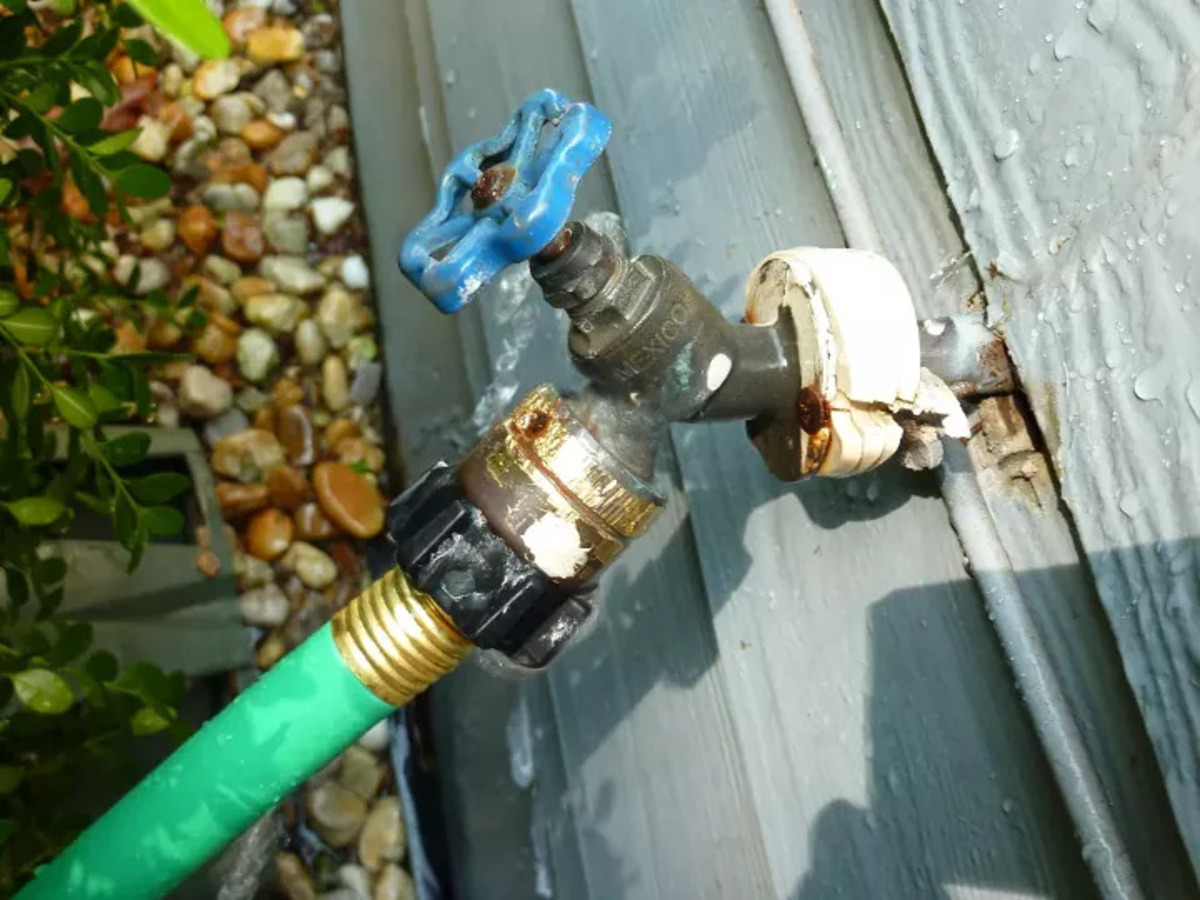
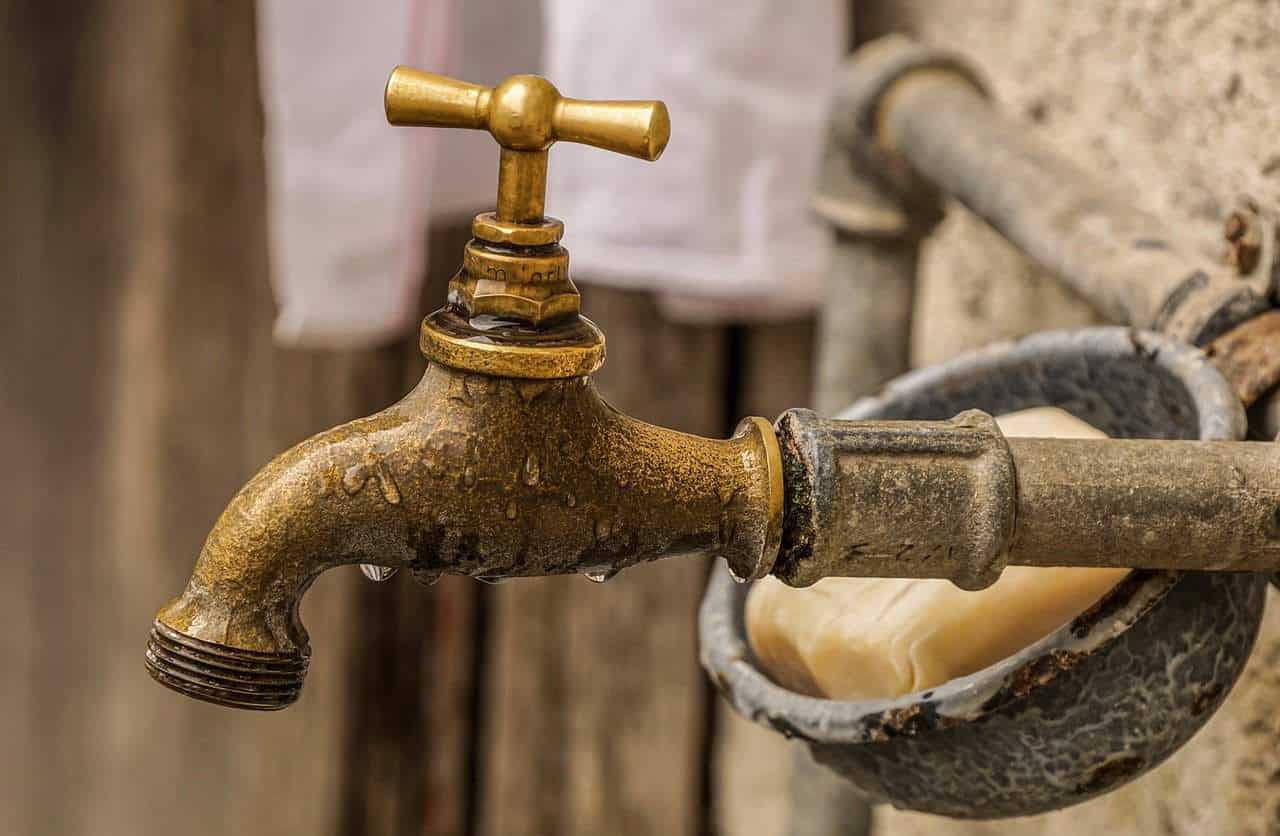
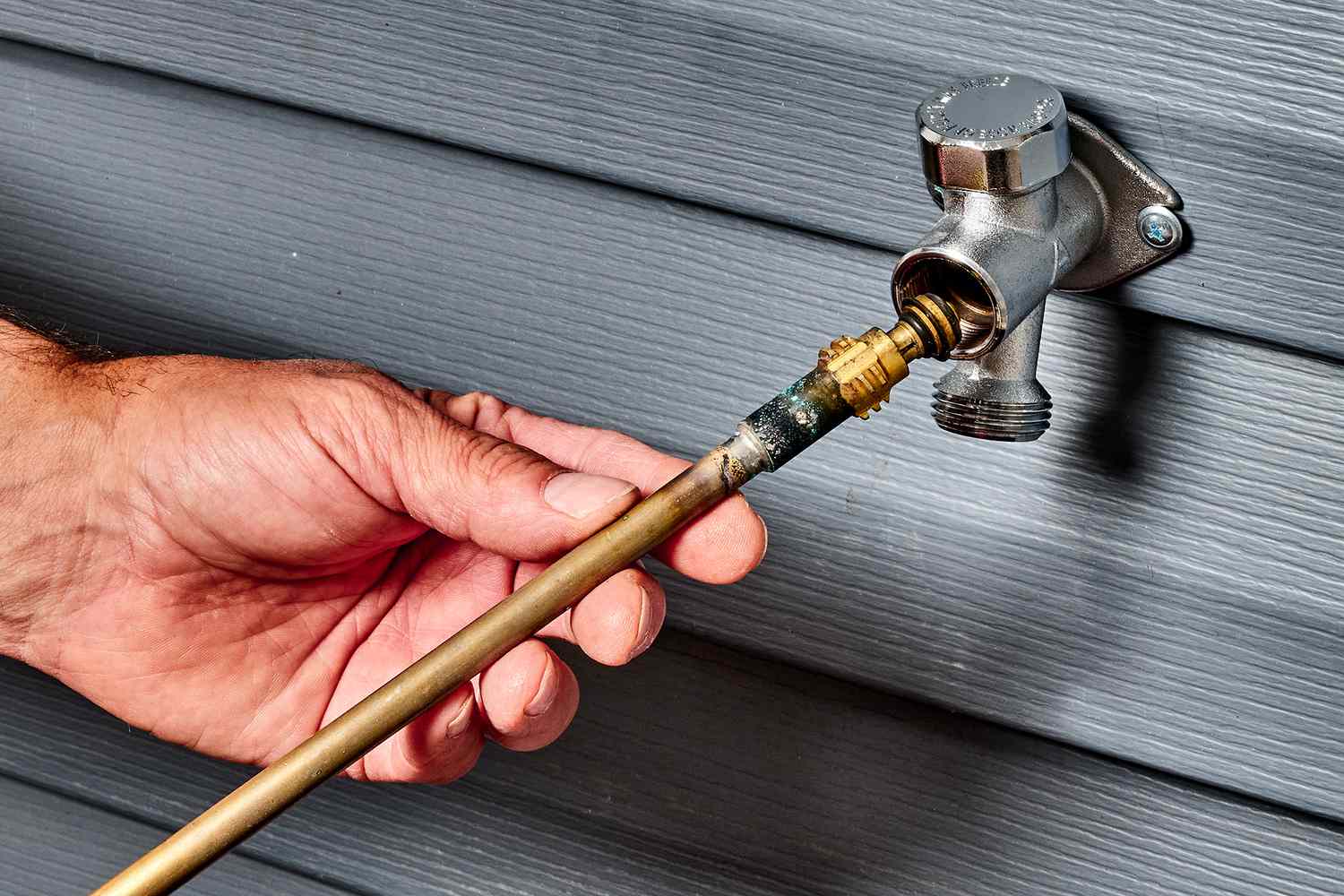
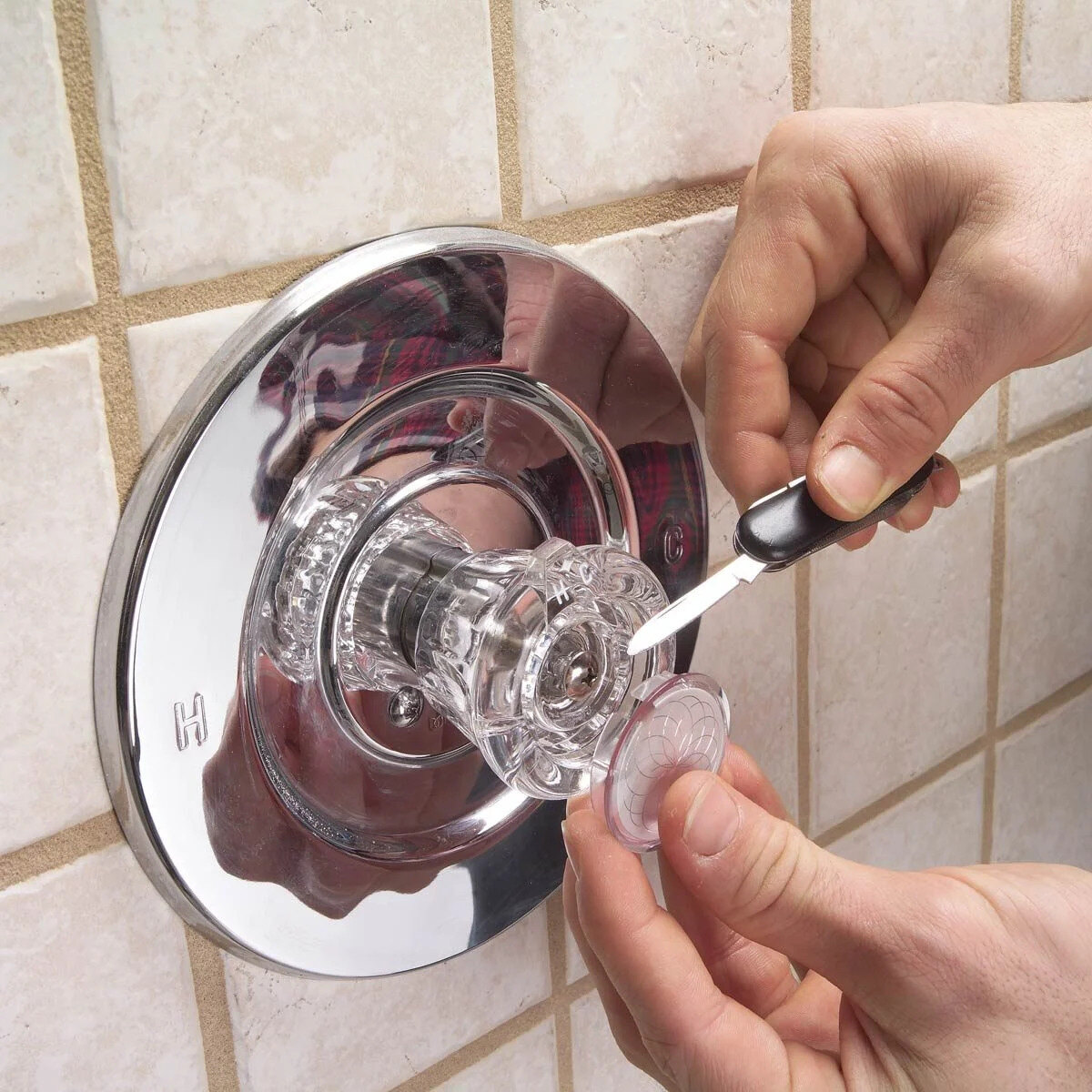
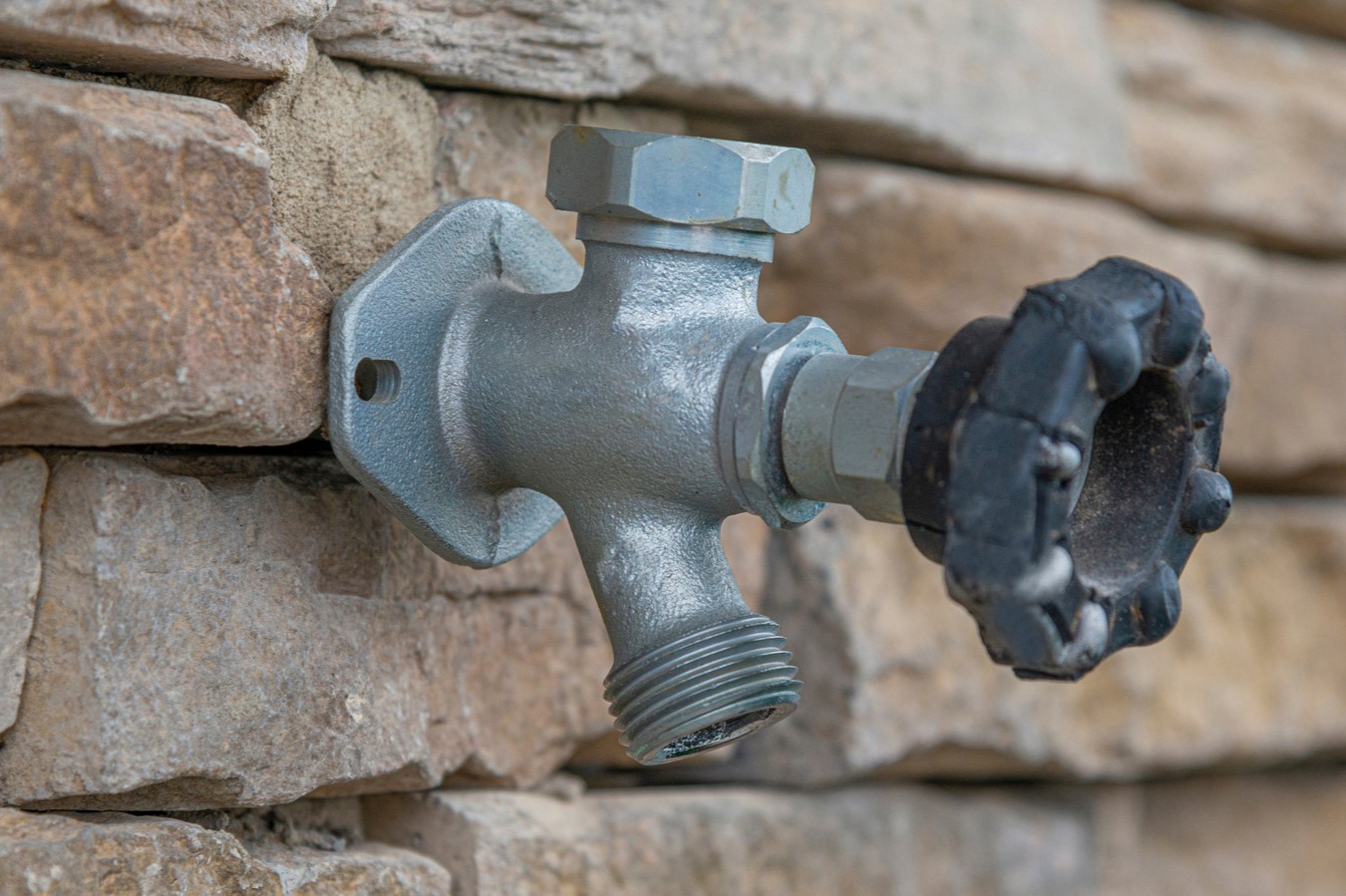
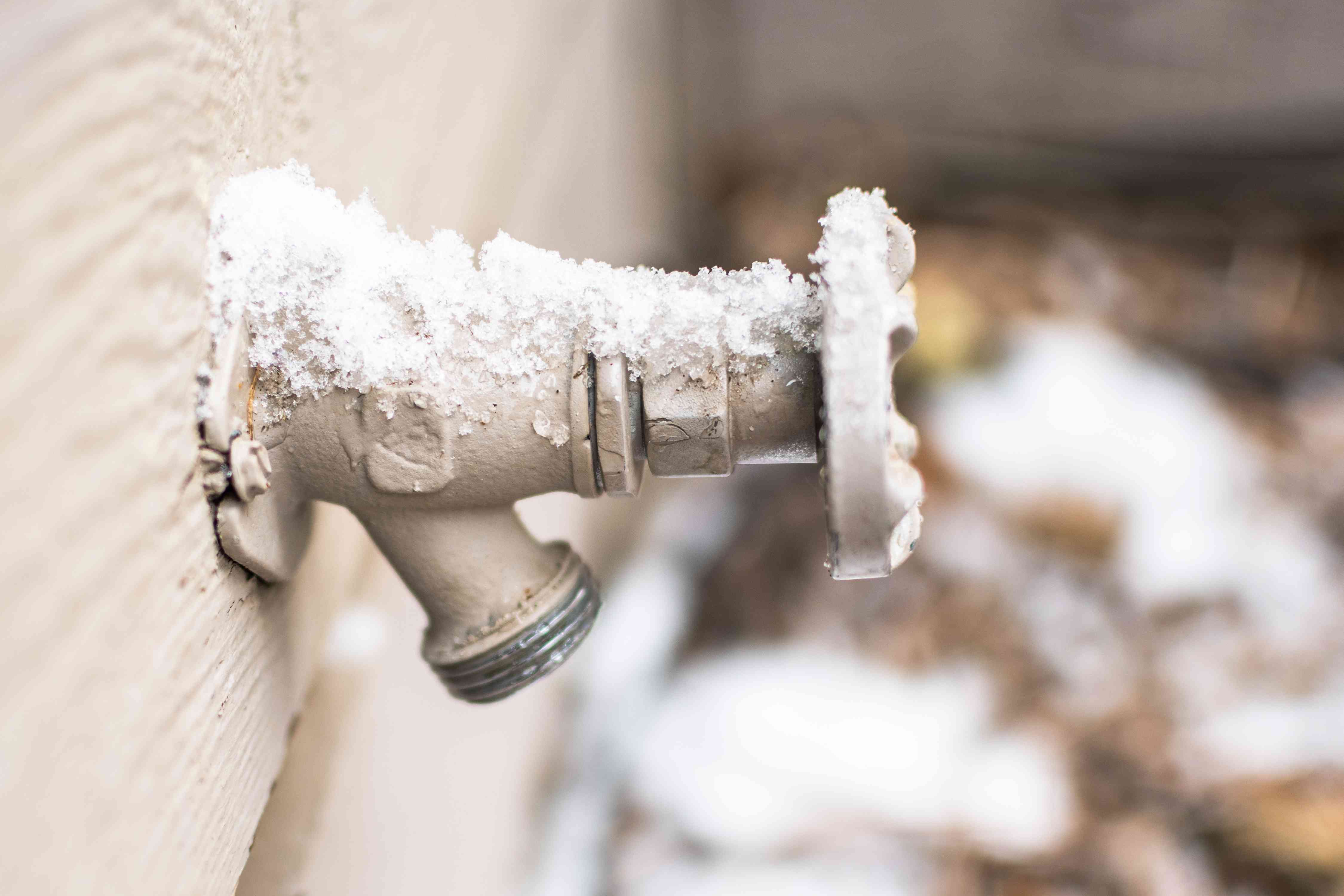
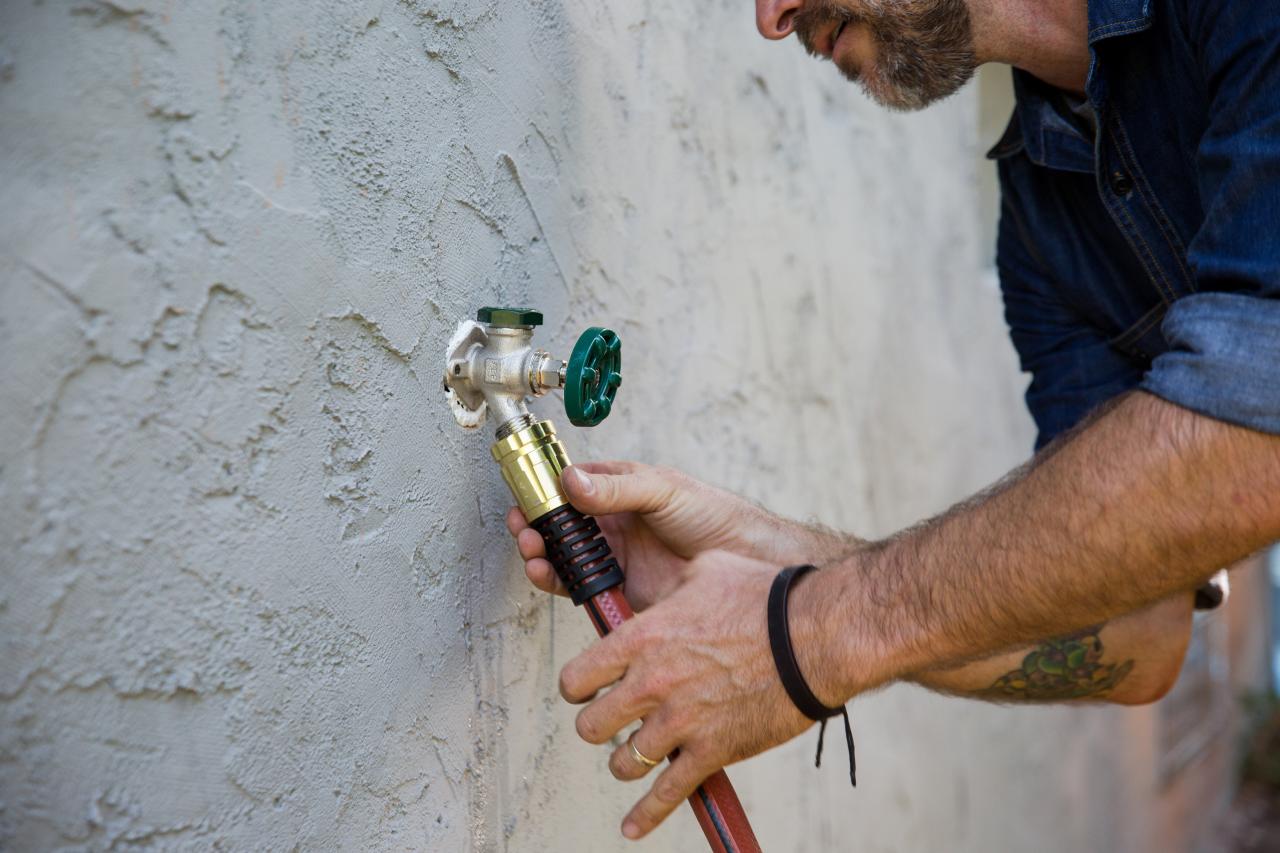
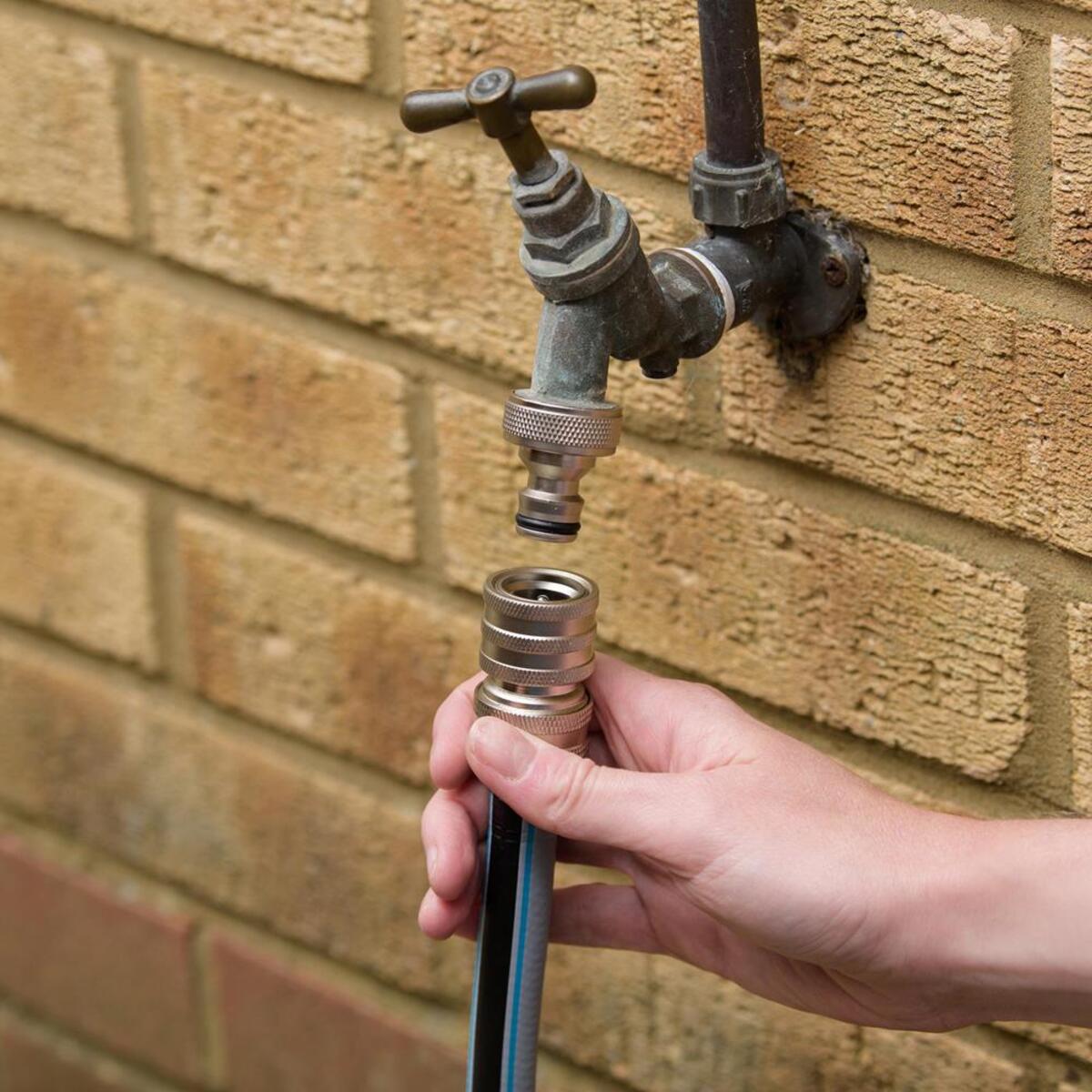
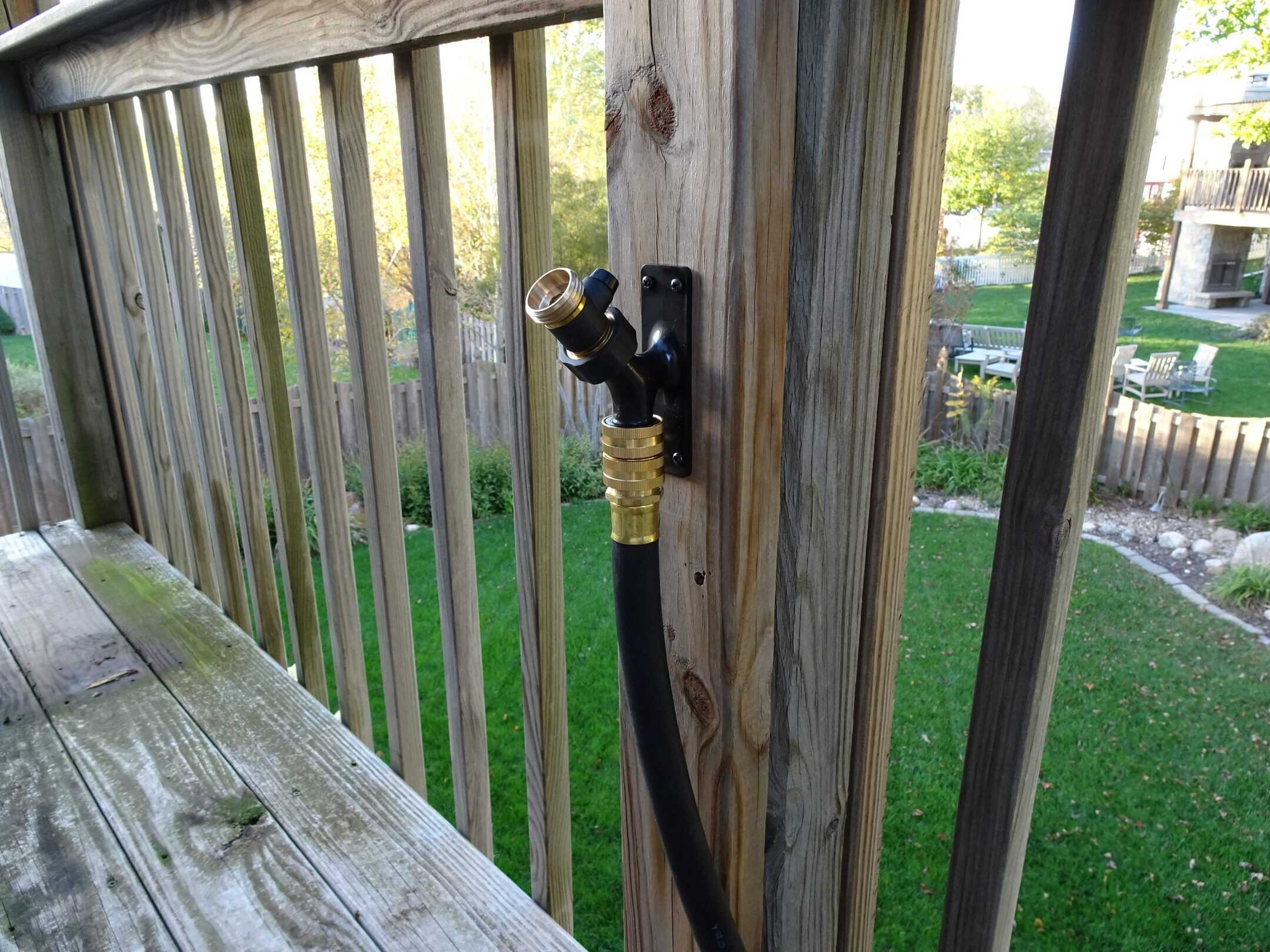
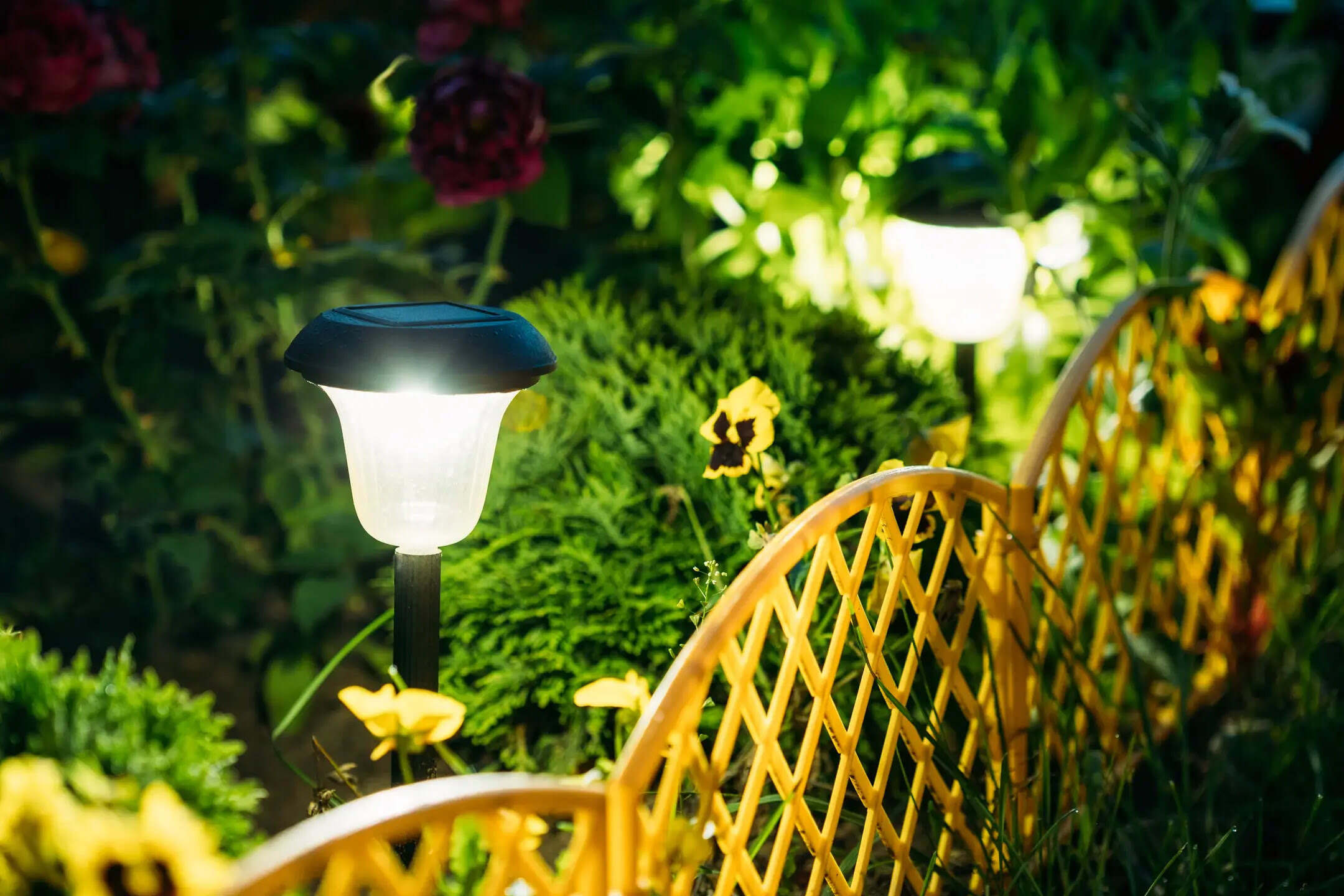
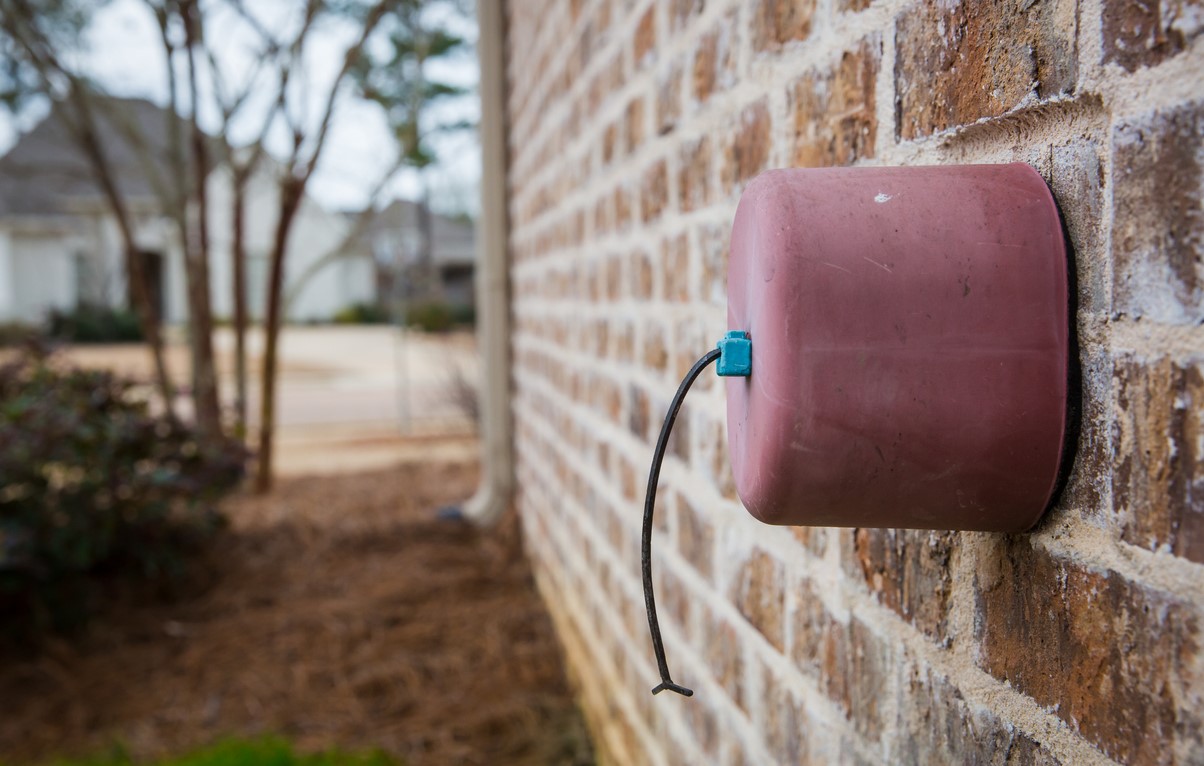
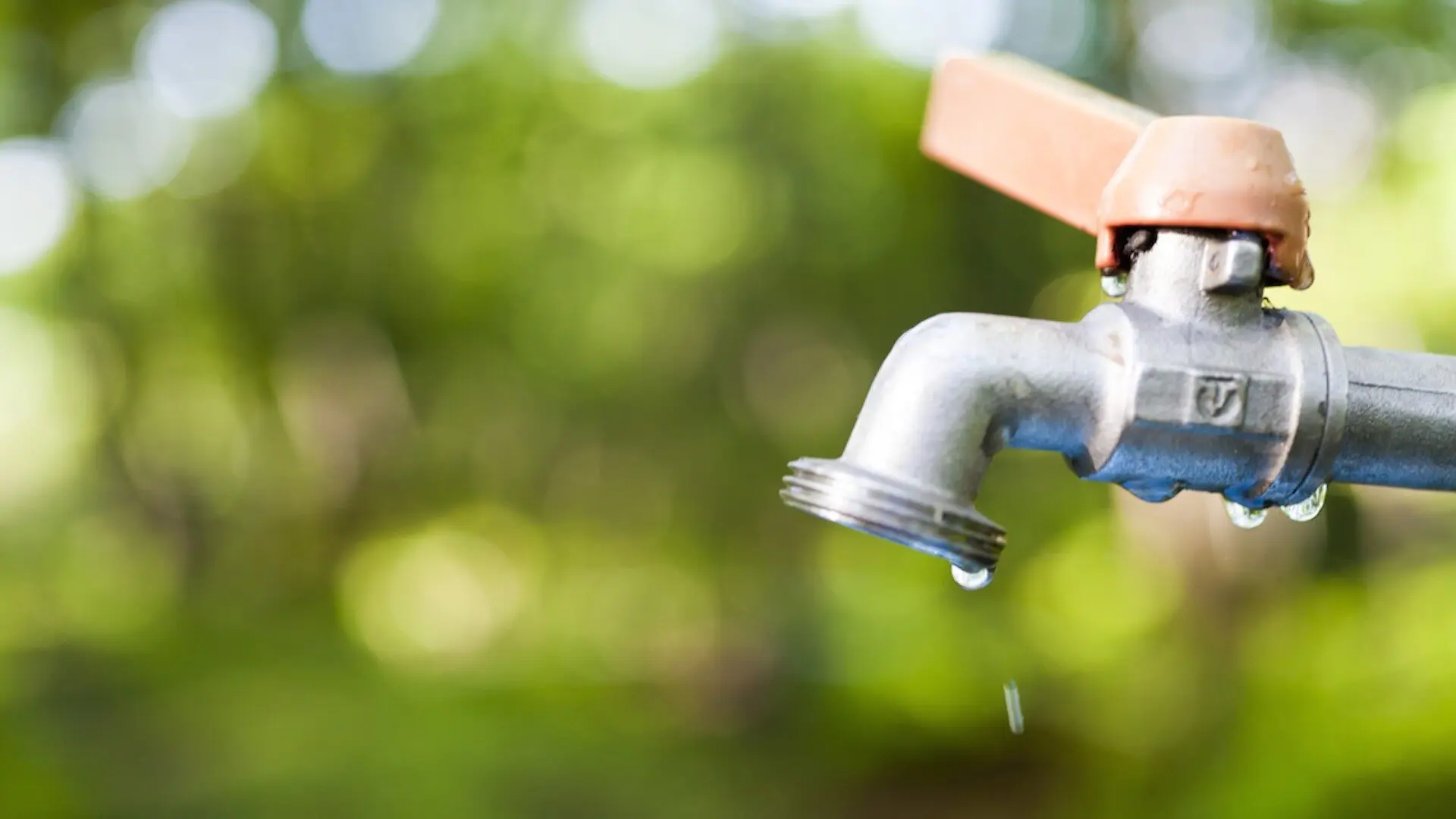
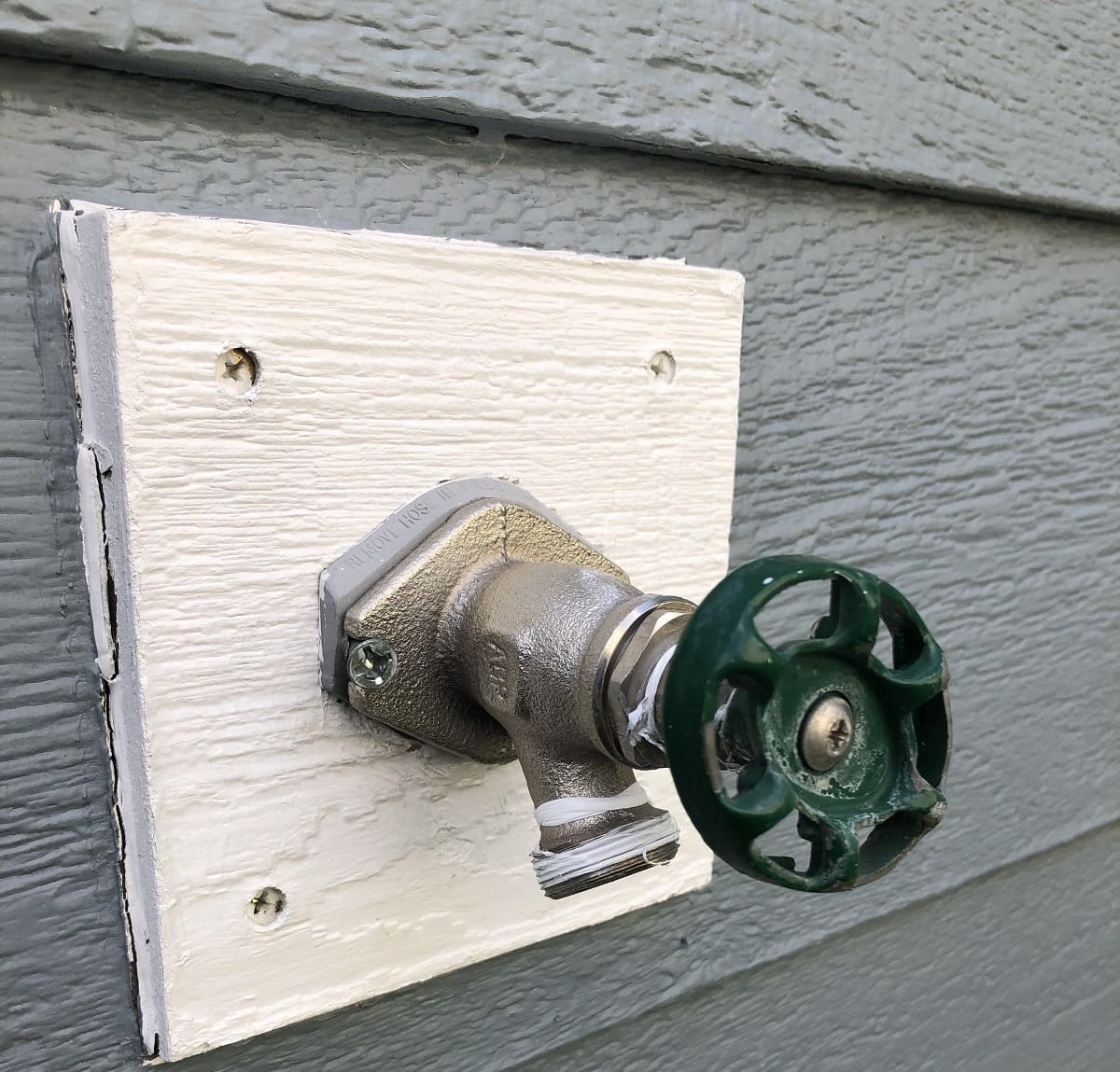
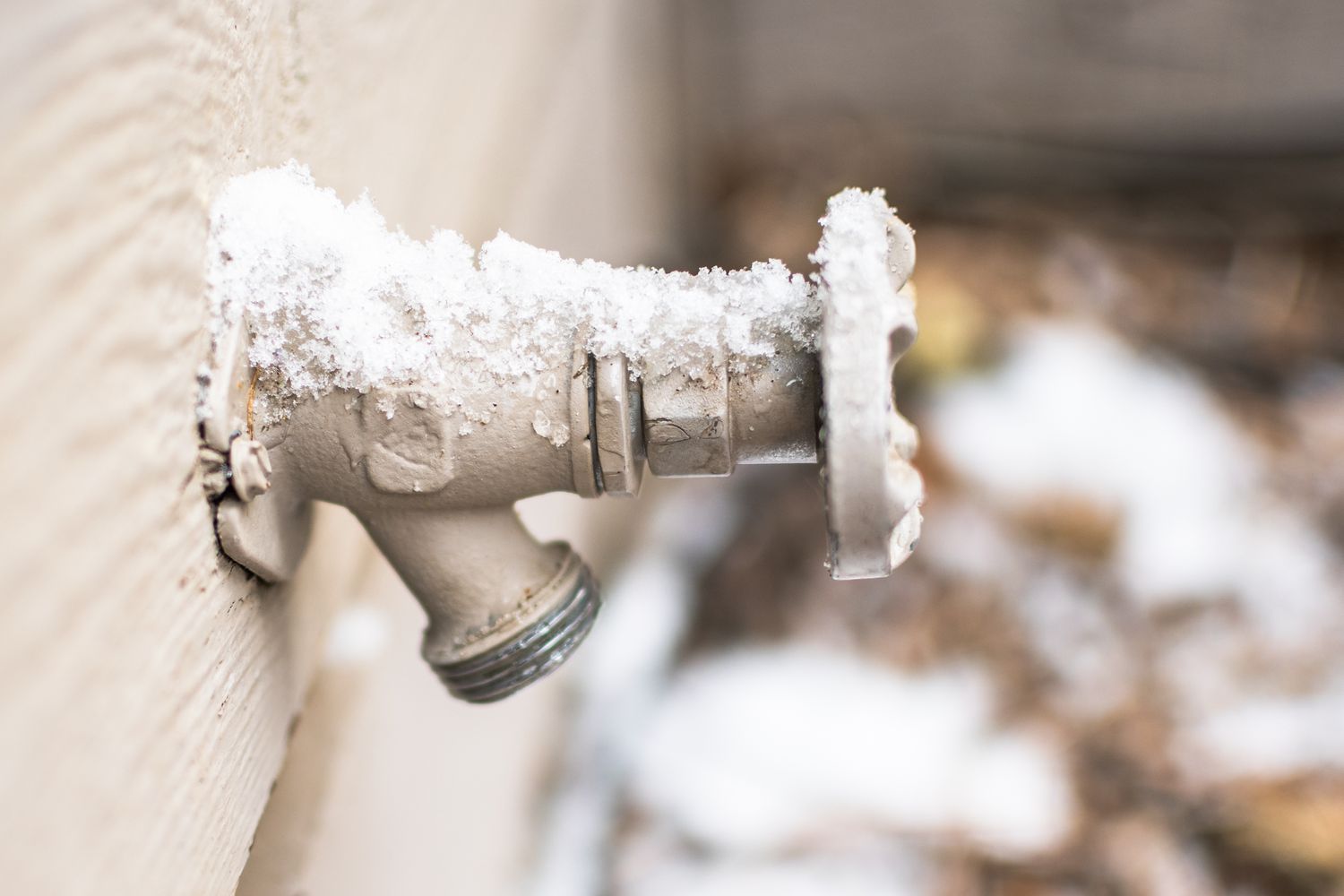

0 thoughts on “Outdoor Spigot Leaks When Turned On”